cornucopia
Established Member
hello folks I turned a couple of hollow forms a few weeks ago out of the last piece of the burr oak i had- one form had the pith in the top and i was struggling to gauge the wall thickness in the bottom third of the piece (i have now made some ellsworth callipers which will help me next time) when i cut it of the lathe it was very bottom heavy and may be from half way it was possibly 1/2" thick-too thick
the piece on the right

theres the pith

well it did crack as it dried but not from the pith- the pith open up a bit but not to a bin it level.
so i have cut it open to see how right or wrong i was and why it has cracked in the way it did-
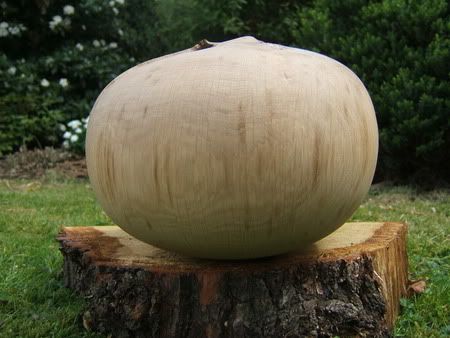
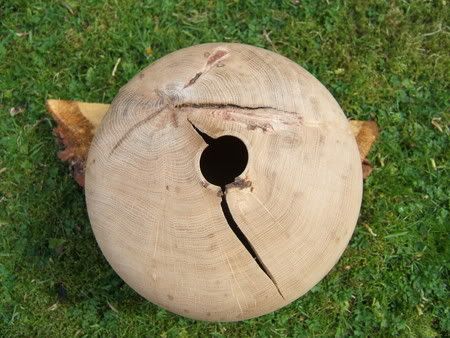
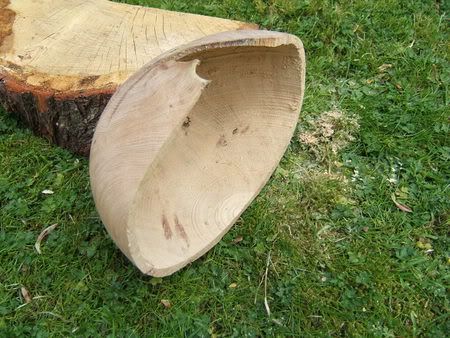
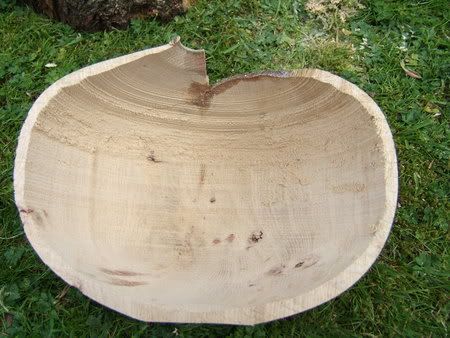
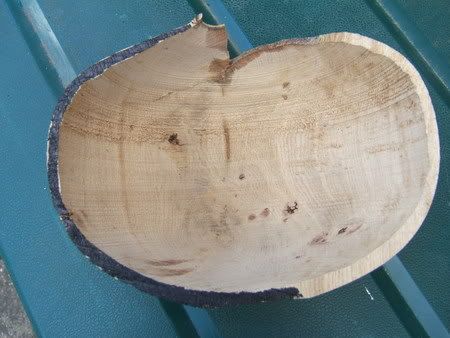
it was 1/8" at the top then quickly went to 1/4" then 3/8 near the base
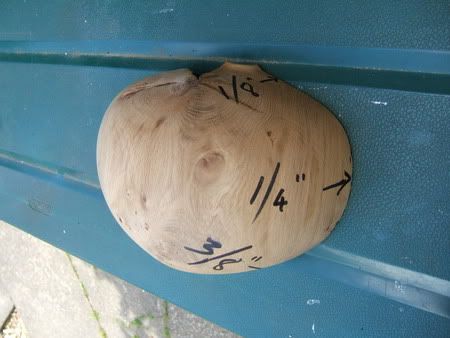
the form cracked due to uneven wall thickness- the top dried out quickest and caused a stress to build up which is why it split from the hollowing hole.maybe the pith didn't help but the main problem was the wall thickness.
if one of these thickness 1/8", 1/4" or 3/8" had have been consistent and the piece dried slowly i doubt that it would have cracked.
so every now and then cut a piece open and learn how and why for next time.
the piece on the right

theres the pith

well it did crack as it dried but not from the pith- the pith open up a bit but not to a bin it level.
so i have cut it open to see how right or wrong i was and why it has cracked in the way it did-





it was 1/8" at the top then quickly went to 1/4" then 3/8 near the base

the form cracked due to uneven wall thickness- the top dried out quickest and caused a stress to build up which is why it split from the hollowing hole.maybe the pith didn't help but the main problem was the wall thickness.
if one of these thickness 1/8", 1/4" or 3/8" had have been consistent and the piece dried slowly i doubt that it would have cracked.
so every now and then cut a piece open and learn how and why for next time.

































